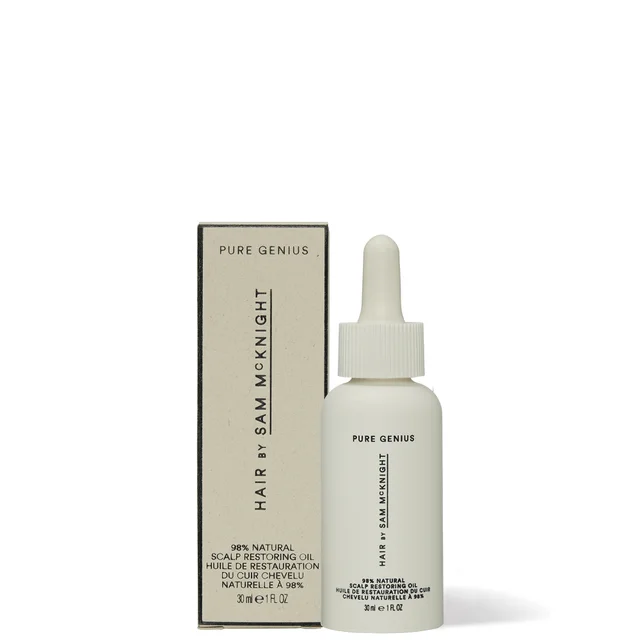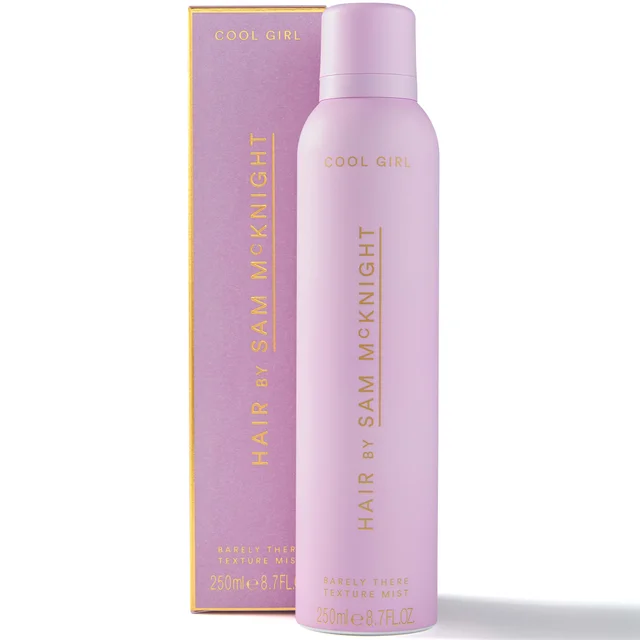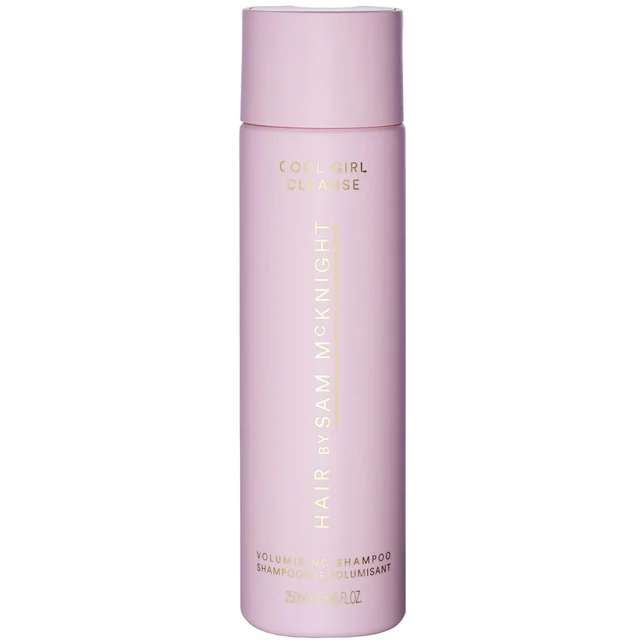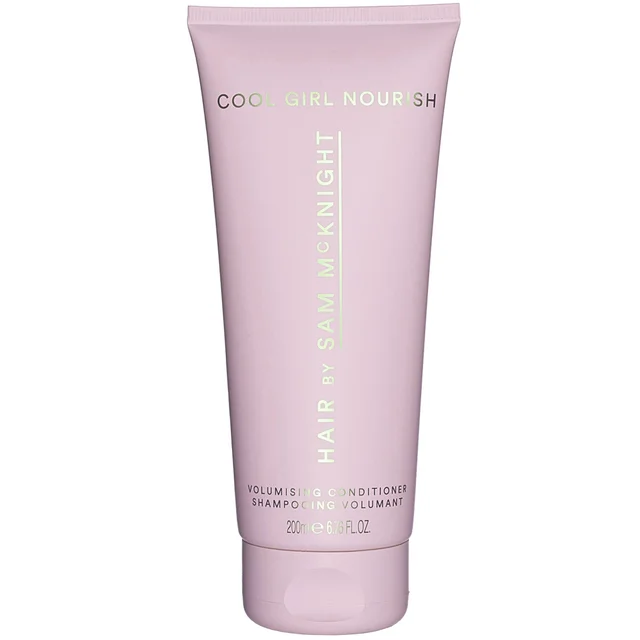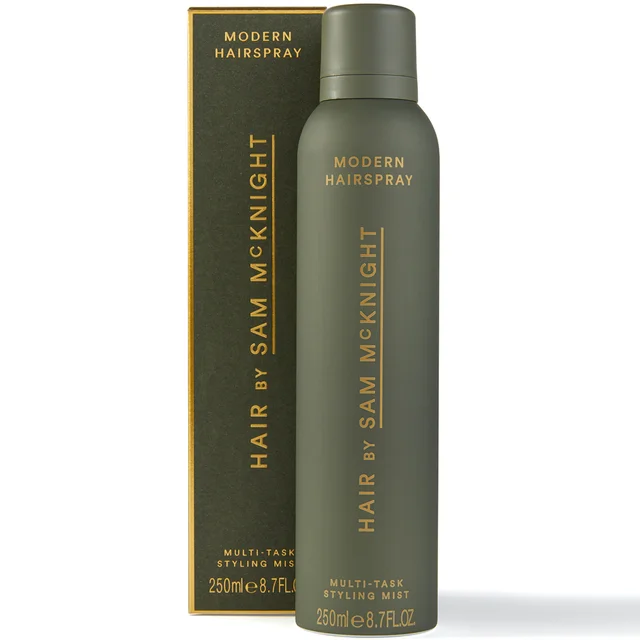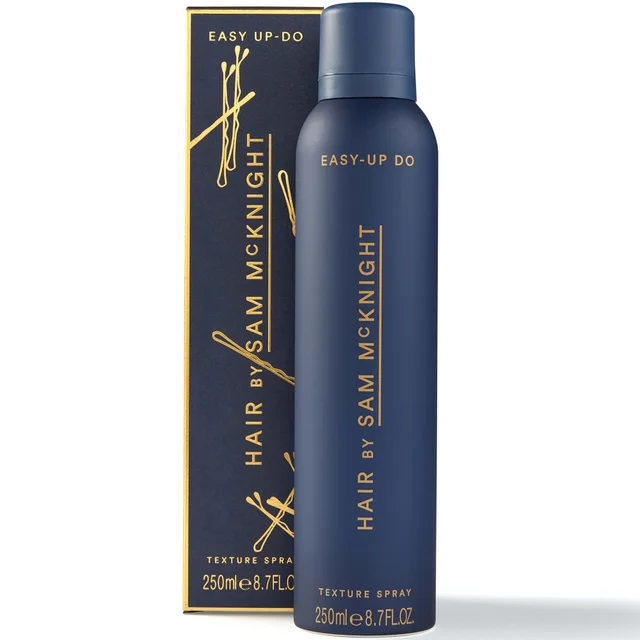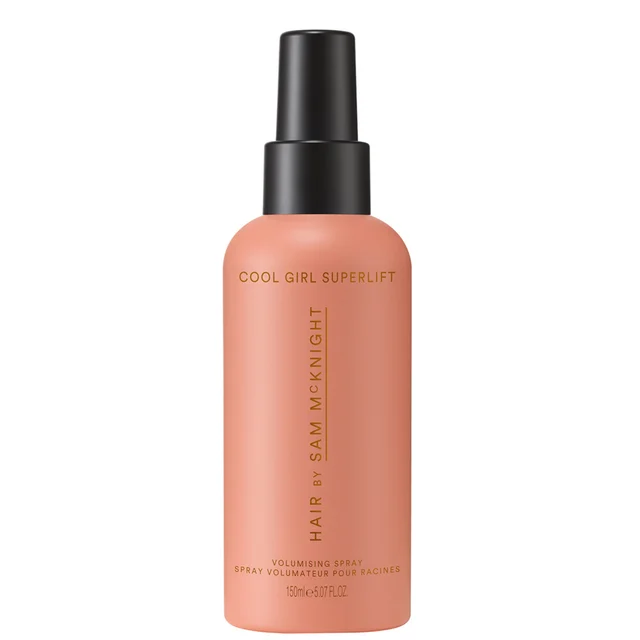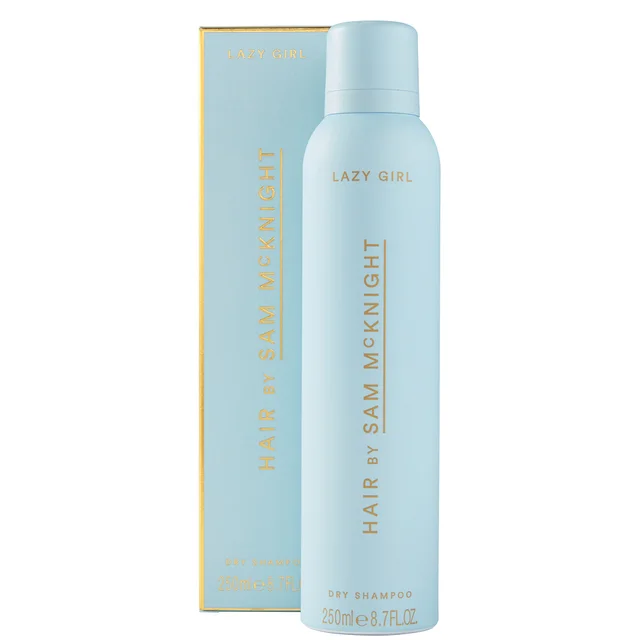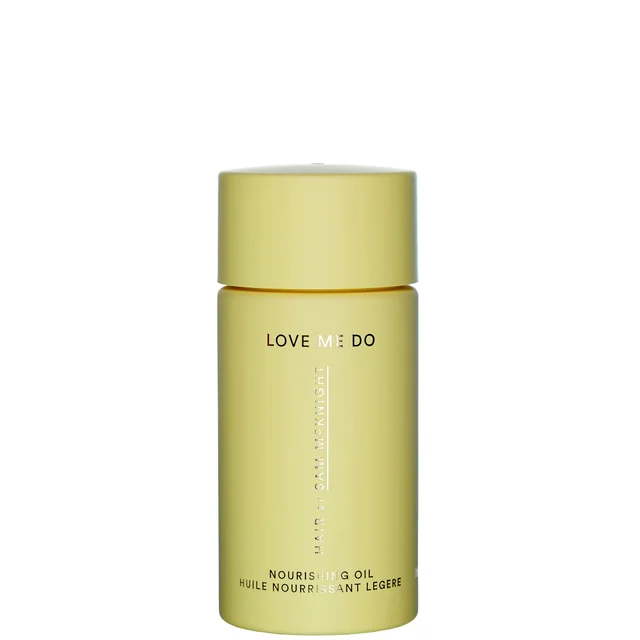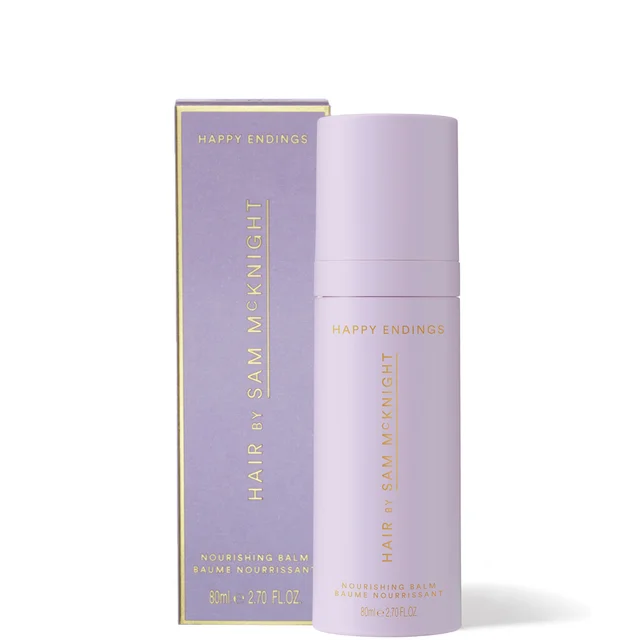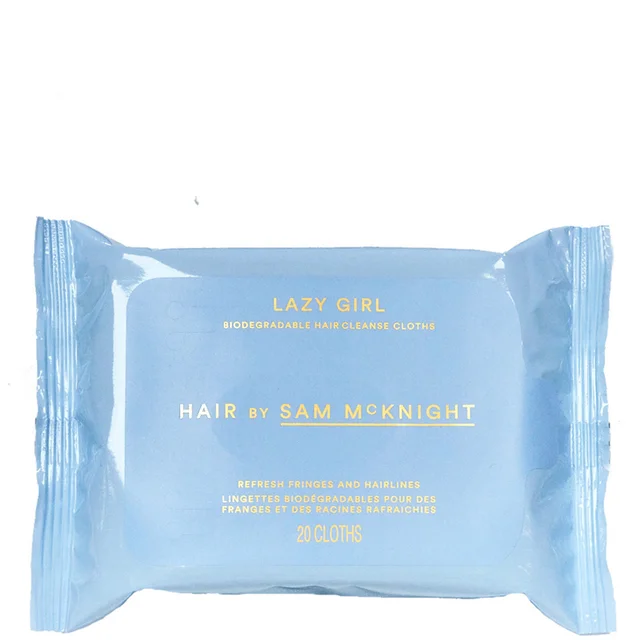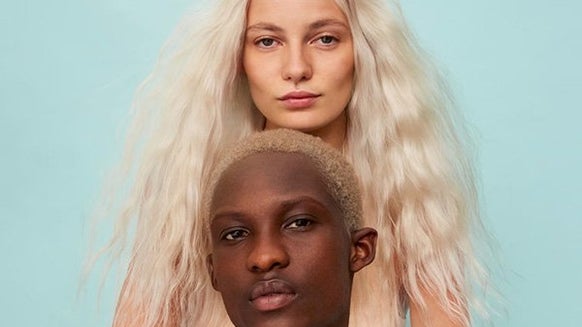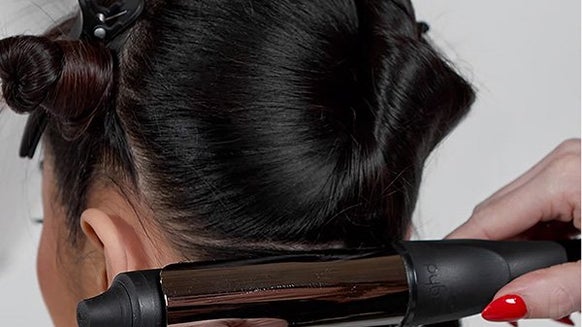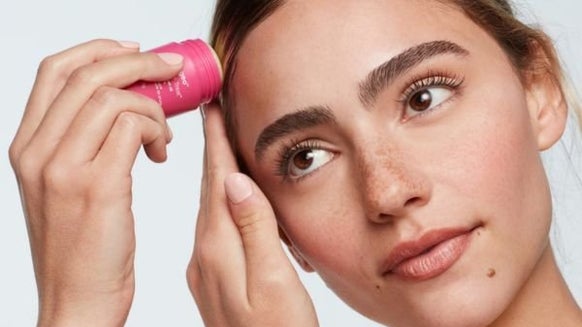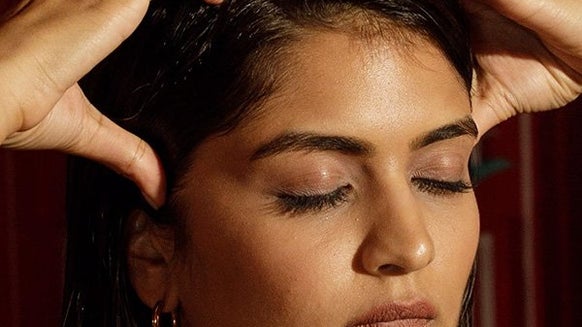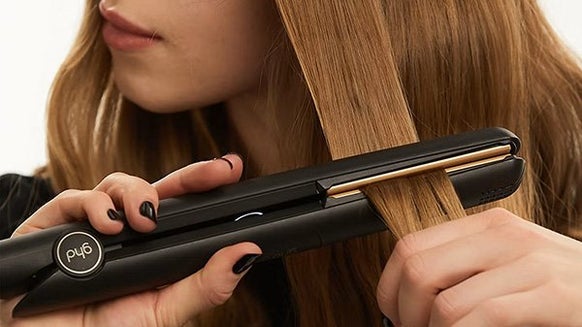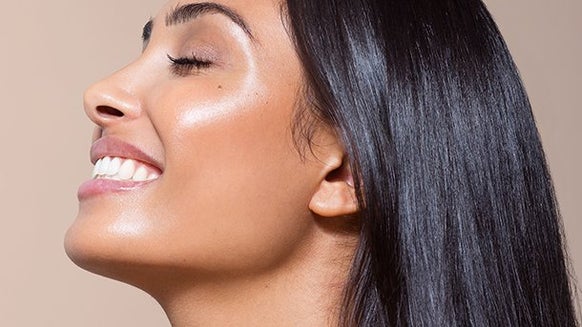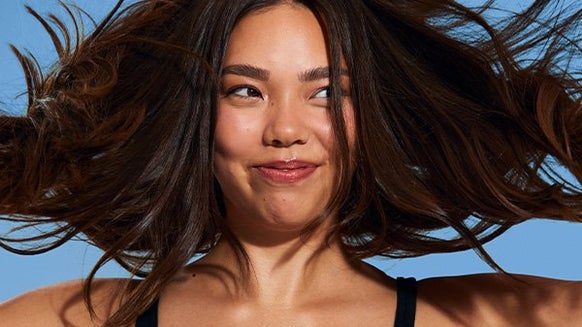Sam McKnight, hairstylist to the stars, has cultivated an unrivalled career as one of fashion’s greats and, so too, is the magician behind beauty’s most extraordinary creations on the catwalk. In a wide-ranging interview, McKnight speaks to Cult on his early years in London, travelling with Princess Diana, and the insidious rise of AI in the creative world. “Fashion is nothing without hair. Fashion wouldn't exist without hair and make up – it’s integral to the power of image-making.” Sam McKnight tells us from his Kensington studio. Here, perched on a slate-grey sofa, framed by a halo of wigs that stand like monuments to the art of hairdressing, McKnight’s warm affability seems slightly incongruous to his repute as a visionary hairstylist. Yet, for over five decades, McKnight has thrown a lit match into global fashion weeks, continually pushing the artistic parameters of beauty and shaping the language of style for generations to come.
Born in the former mining town of New Cumnock, East Ayrshire, McKnight’s formative years defy easy chronicling: working in a sock factory, jean factory, waiting tables, even a brief spell as a window cleaner, “lugging a large wooden ladder,” he recalls with a chuckle. Such is the score of fashion’s most disruptive forces, McKnight’s entry into hair was serendipitous. Some friends ran a salon that doubled as a disco and burger joint. I started helping out to earn money and gradually gravitated toward the salon. "Some friends of mine ran a salon that doubled as a disco and burger joint. I started helping out to earn money and quickly gravitated towards the salon."McKnight’s arrival in 1970s London coincided with a volcanic eruption of youth culture. Punks with peroxide Mohawks patrolled the King’s Road, pixie-haired vixens swiped on scarlet blush, while porcelain-painted New Romantics brushed past inked skinheads and the short-skirted disciples of Biba. The capital was awakening from the damp, dark chrysalis of post-war life like butterflies. And, as McKnight observed these “shifting dynamics” from his perch at the legendary Molton Brown hair salon on South Molton Street, an affinity for both the subversive and the sensational was seared into his psyche.
It’s McKnight’s seminal work with British and American Vogue – including over 200 covers – that has spawned some of the greatest, era-defining beauty images of the 20th and 21st centuries. His runway portfolio is unparalleled; candy-floss coiffeurs for Dries Van Noten’s fantasy of fashion, super-sized ponytails laced with strips of tweed for Chanel’s iconic Autumn/Winter 2014 show and smoky plumes of flaming amber hair for Vivienne Westwood’s Spring/Summer 2010 presentation. “Everyone thought I was mad when I left the salon to dedicate myself to session styling full time,” McKnight says, “I met Vivienne [Westwood] at Kinky Gerlinky Club (Michael Costiff’s no-rules nocturnal laboratory of the 1990s) and worked with her for over three decades. I’ve known Naomi Campbell since she was just 15. You really forge a family in fashion.”
Cut forward to the explosion of the 1990s supermodel era – when fashion not only became the arbiter of glamour, but also beauty – McKnight captured the cultural pulse when he styled Princess Diana’s hair for a 1990 British Vogue shoot. She said, ‘What would you do with my hair if I gave you free rein?’ – and I said, ‘I would cut it all off’. So we did.” The result was a feathery, gamine-like crop that sparked a global, seven-year collaboration with Diana, until her untimely death in 1997.
After much encouragement, McKnight distilled his excellence into a line of hair care hit-makers in 2017, crafting high-performance formulas, time-saving styling solutions and effortless enhancers tailored to all types and textures. Born backstage, on shoots and shows, each product is designed to deliver maximum results in minimal steps. The latest addition, Pure Genius Scalp Oil, is a 10-minute pre-wash treatment that soothes sensitivity, balances oil production and nurtures scalp health. Enriched with a bouquet of plant-powered oils, it’s inspired by the evergreens blooming in McKnight’s own garden – a floral utopia inimitable fashion critic Tim Blanks once likened to as, “one of the wonders of West London.”
Despite the ever-entropic pace of fashion, McKnight is yet to jump off its carousel of catwalks – most recently, conjuring a cast of after-dark eccentricsfor Dsquared²’s Autumn/Winter 2025 show. So, after five decades, I ask what keeps him inspired. “Beauty,” he swiftly chirps back. “I’m not really one to do ugly. For me, beauty is as much about feeling good as it is looking good.” And, for young, aspiring hairstylists, he offers this: “Never turn down an opportunity – once it’s gone, it’s gone. I was terrified on my first Vogue shoot, but it kick-started my career. I still see people from that day now, over 40 years later.”
Now, celebrating over five decades of the frontline of fashion, we sit down with McKnight to reflect on his life in hair. How did your journey into hairstyling begin, and what inspired you to pursue it as a career?
I was at college in Scotland in the early 1970s, and I absolutely hated it. I left without a plan. My dad was a coal miner and my mum worked in the co-op, so we didn’t have any spare money. I worked all sorts of jobs to get by. I was always a grafter, but college just wasn’t for me.I was always fascinated with fashion and I was a huge David Bowie fan as a teenager, which set me apart from the hippie scene at college. Some friends ran a hair salon that also moonlighted as a disco, and a burger joint – I started helping to earn money where I could and slowly found myself gravitating towards the salon. That summer, I decided I wasn’t going back to college – I was going to pursue hairdressing.How did the changing dynamics and style tribes of 1970s London fuel your creativity?London was bleak; the country was in a deep recession. We only had electricity three days a week – the remainder, we lived by candlelight. London felt dark, literally and emotionally. The buildings were black with soot, everything was gritty, and it could be quite depressing.Amid the dissatisfaction, however, a new youth energy was rising, spawned from the pop and counterculture movements of the 1950s and 60s. David Bowie, T. Rex, glam rock – it was all electric. We used to escape to the seediest clubs and underground raves, hopping on the bus at Victoria Embankment with no destination and no clue when we’d be back.
How did you segue from the salon into the fashion landscape?I landed a job at Hair Works, a salon tucked away at the back of Miss Selfridge on Regent Street. It was buzzy, fast-paced – right in the heart of everything. But the most exciting salon at the time was Molton Brown on South Molton Street. They were pioneering natural, organic haircare back then, and when I joined in the early 1970s, I learned so much – not just about technique, but about taste, talent, and attitude.The salon asked me to step in on a shoot for Vogue – and, I was instantly hooked on the energy, creativity and collaboration. By 1980, I left the salon to pursue fashion full-time and everyone thought I was mad. But I could sense this energy simmering beneath the surface – the rise of subcultural bibles like I-D and The Face, street-level style tribes and the strength of visual storytelling.
You have worked with an extensive list of fashion houses, including Vivienne Westwood, Chanel, Balmain, Burberry and Tom Ford. Is there a particular show or collaboration that stands out to you as especially memorable or significant?I was with Chanel for 12 years, working on six shows a year – and we never repeated a look, not once. I also collaborated with Vivienne Westwood for over 30 years, Naomi falling off her platforms is always an amusing memory. There was the Chanel supermarket show, too, a satirical celebration of consumerism. Karl, Vivienne and Tom Ford – they’re all endlessly electric and inspiring individuals to work with. I’ve been so lucky to work with some real visionaries. When you are preparing a hairstyle for an editorial, do you envision how it's going to look in the final image and consider how it will synchronise with the set design and make-up? Can you talk us through your creative process? It’s always a collaboration. You have to be flexible, you can go in with an idea, but you’ve got to be prepared to adapt. We did a show with Chanel at Versailles and crafted these little bobs, dyed in dirty, muted tones, and hacked them with razors. Karl said, “No – they’re too Coco Chanel. I want them punkier.” So we dyed them all again in different colours and pushed it further. The idea is always evolving and reacting to the overall concept of the collection. Over the years, which models, photographers, celebrities and fashion designers have you most enjoyed collaborating with, and what made those partnerships memorable for you? Working with Nick Knight over the past 30 years has been an incredible journey. I’ve known Kate Moss for equally as long. I met Naomi Campbell when she was just 15 – we were shooting at the Albert Memorial in Hyde Park, and this young girl hopped off the bus with an oversized school blazer slung over her shoulders, all without her parents knowing. We all just knew she had it.
Are there any up-and-coming talents or rising stars we should watch in these creative fields? There’s a whole new generation of young hair and makeup artists coming through, and it's a fantastic time for creatives. But there’s a really fast turnover now – it’s like a merry-go-round of makeup artists and hairstylists and I wish it would all slow down just a bit.What concerns me most is AI. Young artists now create original, thoughtful work, and I’m not sure how AI fits into that. It can mimic, but can it truly invent? Mistakes and mishaps are all part of the creative process – that's how creators create, by making mistakes. We have very impressionable brains, which I think is partly why AI is working. You don’t have to think; it’s like McDonald’s for the mind – fast, easy, processed. You spent seven years working with Princess Diana as her personal hairstylist, is there a particular memory or moment that you cherish most from your time with her? How do you reflect on your work together now?I first met Diana on a shoot for Vogue and she had this massive 1980s hair. She said to me, “What would you do if I told you to do whatever you want?” and I said, “Cut it all off and start again.” So, we did. I was her stylist for over seven years, and we really bonded. She was really naughty, a little mischievous, and loved to have fun. We travelled the world together – India, Argentina, Pakistan and Canada. In India, the Taj Mahal was closed just for her, and it was an unforgettable experience.
What was the inspiration behind your award-winning haircare line when it launched in 2017? How has your experience working in fashion shaped your vision for the brand?Show days are incredibly intense. Some of the models would have four or five bookings in one day, and by the time they reached me, their hair was matted and thick with product. Once those heavy products were in, they were impossible to brush out.To create the tousled, effortless curls of Kate Moss, we would wet the hair with a volumising product, blow dry, then mess it up with hairspray or dry shampoo. That was the lightbulb moment – a product that could deliver instant volume and texture in a single step, which eventually culminated in Cool Girl. From there, I wanted a hairspray that not only held but brushed out beautifully, while protecting against heat. That led to Modern Hairspray. Finally, an invisible dry shampoo with the grip of a strong texturiser, which concluded in Easy-Up Do, perfect for backcombing and creating exaggerated volume.The goal was to create a line of high-performance, effective products that delivered instant results and were easily identifiable in the frenzy of a busy backstage. We also wanted to reframe the negative narrative attached to haircare. Many products on the market fuelled widespread insecurities – you need to ‘fix’ your ‘bad’ hair – we wanted to stop the fear-driven messaging and shift the focus towards ease, simplicity, and confidence. Leading the brand has been an amazing challenge for me. How did your profound appreciation of nature influence the formulation of your most recent product, Pure Genius Scalp Oil?I read all these books about the benefits of having plants in your home during lockdown, and it really got me thinking – what ingredients can we use in haircare that are truly natural, without relying on harsh chemicals? That’s where Pure Genius comes in. Inspired by the rosemary and chamomile I grow in my garden, this product is composed of 98% natural ingredients. It’s all about scalp care – nourishing, soothing, and stimulating hair growth. After all, healthy hair starts with a healthy scalp.You have observed the evolution of British fashion and beauty over the years. How have you seen the role of the hairstylist shift in terms of creativity and influence within fashion?My first show was for David and Elizabeth Emanuel in the late 1970s and we had maybe two or three hairdressers working across nine models. Back then, hair and makeup weren’t considered essential to the storytelling of a show. In fact, if you go back just a decade before that, many models did their own hair. Today, fashion brands understand that beauty is the most accessible form of luxury. Flip through any fashion magazine today, and you'll find that beauty advertising dominates
Fashion is nothing without hair. Fashion wouldn't exist without hair and makeup – it’s integral to the power of image-making. Yet, now there is an issue of young beauty creatives being quietly oppressed. People expect so much from hair and makeup artists with a virtually non-existent budget. I’ve been actively campaigning to address this, and collectively push for change. Now, you can no longer have the luxury of prepping for a shoot for three or four hours – it’s a rushed, relentless pressure that is never rewarded with proper recognition. Where do you find inspiration today to keep your passion alive and continue pushing the possibilities of hairstyling? The people I work with inspire me. Like the Dsquared² boys – they’re just amazing minds to collaborate with and it’s always a joy to work with Richard Quinn every season. There’s a constant, evolving dialogue happening between the designer and hairstylist – we look at the hair and ask ourselves: Should it be shinier? Bigger? Smaller? Sharper? Until it’s just right. If you had to sum up your approach to hairstyling in one sentiment or message, what would it be? Beauty. I'm not really one to do ugly. For me, beauty is just not about looking good; It's about feeling good. I’m a people pleaser, I think all hairdressers are, naturally. What advice would you give to young, aspiring hairstylists wanting to break into the industry? Never turn down an opportunity – once it’s gone, it’s gone. I was terrified on my first Vogue shoot, but it kick-started my career. I still see people from that day now, over 40 years later.” By saying yes, you open yourself up to positivity, and there’s a good chance you’ll get booked again. If you mess up, no one's going to remember anyway. Just keep persevering.

